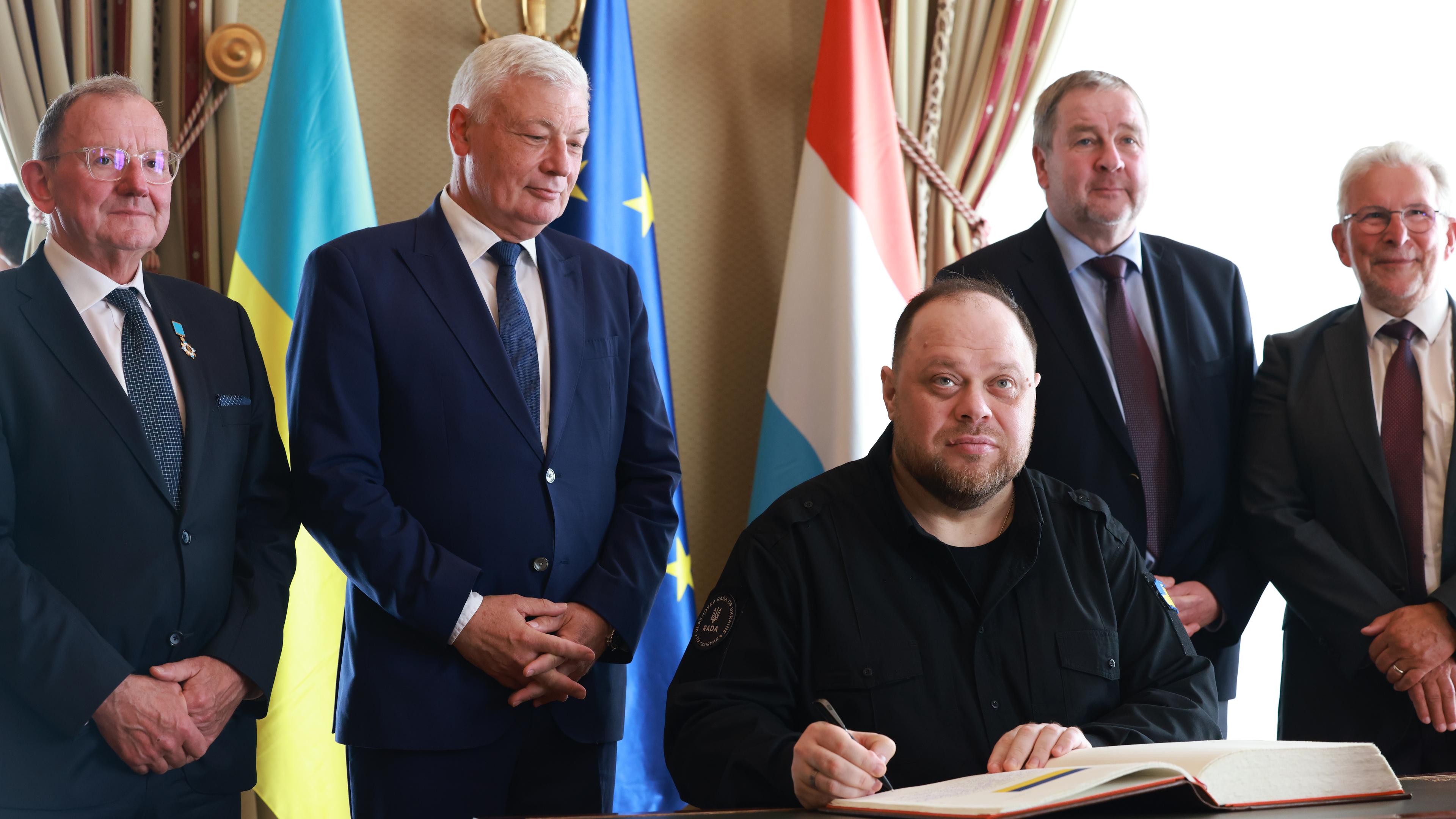« Pension Oskar » gets the most cynical bigot to make up with its cowardice

« Is it a crime to be a coward? » In the set of Jonas Gardell’s « Pensionat Oskar », the question is answered with a resounding yes. Because here, as so often at Gardell, it is about taking neck swing on their life lies and affirming the passion.
When the story of the square family father Rune Runeberg’s love in the life -affirming magician Petrus now gets a stage premiere, it has been 30 years since the film version went up to the cinema. Then stories with gay characters were easy to count and although they are today, it is no wonder that the Finnish -Swedish director Jakob Höglund dams this story right now. Few can, like Gardell, put his finger on the scab in the heterosexual double -in which the increasing bigot new conservatism does its best to smooth over.
Against that background Also makes it less that he works with such proven pictures. Höglund is most enjoyable for them and the set is as remarkable as liberating without irony. Here, the soul -murderous routines of the residential life are literally rotating repeat on an eagerly spinning scene, an ever faster and narrower squirrel wheel that formally forces departure.
Where the film used the wild harshness of the Gotland landscape that contrasts with the uniformity of villa, the scenographer Sven Haraldsson instead enhances the stage room in tulle curtains. With their rolling creases, they make up everything from rebellious sea to shelter from curious looks. Only at the end, when Rune’s liberation is reached, they have played their role and expose the stripped -down stage room throughout their depth. In other words, no less metaphorically. Everything from villas to double beds is built by lightweight modules, which made for variability.

Henrik Norléns Rune is a wandering life crisis in dress man uniform consisting of cross -striped polo shirt and khakishort. Patiently, he teaches his uninterested children about the noble art of the disk storage, less and less present the farther into love and life crisis he drops. Where Stina Ekblad played the film version of his abandoned career wife with rising high -term hysteria, she gets in Helena af Sandeberg’s interpretation a stated sadness. Here she has also been provided with a number of monologues that make her more understandable and moving. The fact that one of the monologues in turn is commented on by the recurring storytelling voices that are alternated by the ensemble members is less understandable. It will be a kind of superfluous live suffering that does not rely on actors or audiences.
The most difficult assignment has been accrued to Hampus Hallberg with the role of the free -minded Peter whose floral life -serving replicas remain difficult to digest. How, after all, he manages to make man of Peter difficult to say, but the combination of sincerity and charm makes its way. That he starts and ends with the song « What I was looking for, what I found » is also a key. Because it is something this set is driven by it is music. Eeva Kontus composition with strings and piano calls and drives the emotional flow in a way that can get the most cynical bigot to settle with its cowardice.
Read more Stage reviews and more texts of Anna Håkansson.







